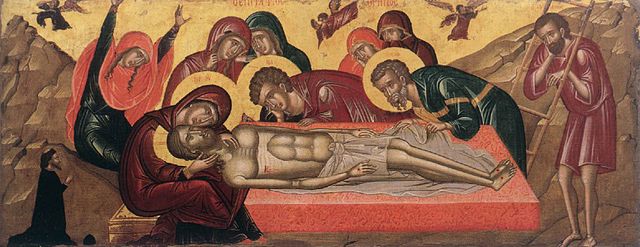In the center of the photograph, an injured young woman lies on a stretcher. Her face is dusted in ash. Her left hand cradles her pregnant stomach. Men armed with rifles and wearing bulletproof vests carry her through the smoldering rubble of a maternity hospital hit by a Russian airstrike.
Login to read more
Sign in or create a free account to access Subscriber-only content.
Topics:
